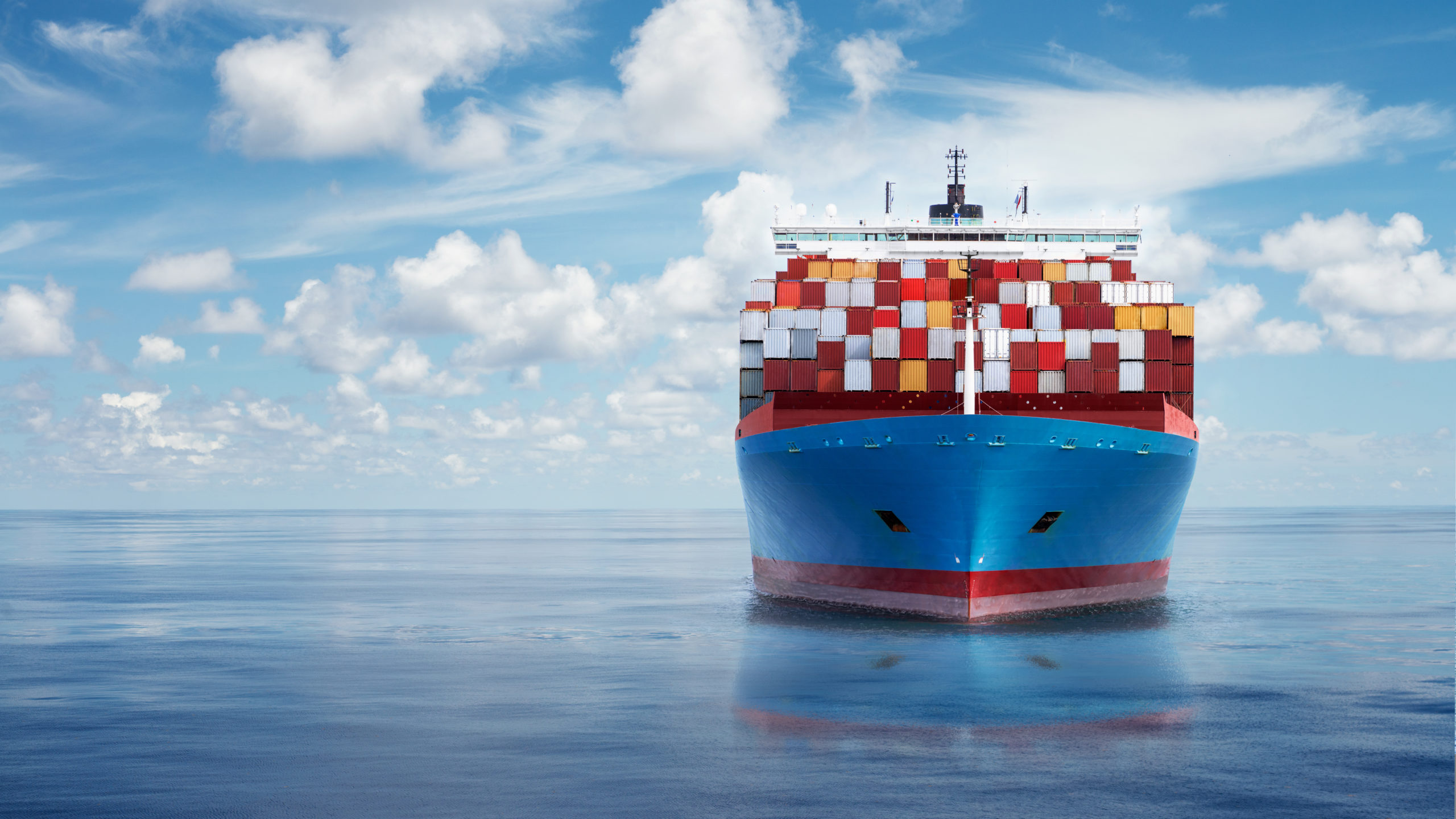One area of contention in the recent U.S. East and Gulf Coast ports strike was the concerns of the International Longshoremen’s Association (ILA) regarding the impact of automation on jobs. The ILA opposes automation, fearing job losses, but evidence from West Coast ports shows that automation is actually creating new opportunities. At automated terminals in Los Angeles and Long Beach, productivity increased, and jobs were replaced or upgraded with workers retrained for higher-paying roles. Additionally, automation is bringing environmental benefits, including reduced emissions. So, it seems the ILA’s stance may be wrong — automation is actually enhancing port competitiveness while preserving jobs.
Our take: It’s important to know the strike was suspended… and not resolved. Keep an eye out for new developments as the year winds down. We may be in another shutdown situation again, and importers will need to have contingencies if the worst happens (again).
Read more here.
The ongoing disruptions in the Red Sea and the decline in volumes through the Suez Canal are creating difficult challenges for businesses. Executives in the supply chain now have three conflicting priorities they need to balance: cost management and operational efficiency, sustainability goals and business continuity, and short-term gains and long-term resilience. In the face of this, companies are looking at strategies like rerouting ships, segmenting supply chains, adopting greener technologies, and investing in resilience, all of which will help to mitigate risk while maintaining profitability and sustainability.
Our take: It’s not getting the headlines it once did, but the Red Sea crisis is ongoing. As supply chains and carriers adapt, there may be new opportunities and routings that help to alleviate the delays and costs the disruption is creating. Talk to Transmodal, and we’ll likely be able to offer some suggestions that will save money and reduce transit time.
Read more here.
The good news is that the recent three-day strike at East and Gulf Coast ports is not expected to have a significant impact on the trend of strong import volumes into the US. A recent report from Port Tracker highlights that US-bound retail container imports are catching up after months of backlogs. August saw a 19.3% year-over-year increase in imports, with projections suggesting continued growth into the end of the year despite a slight decrease anticipated in December.
Our take: Importers are fortunate the strike was short-lived, but the larger trend of solid import volumes will likely put upward pressure on rates. Companies need to remain diligent to make sure their ocean rates remain competitive in what could be a turbulent 6 months.
Read more here.



